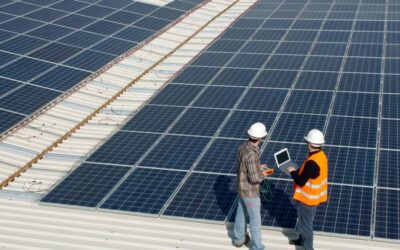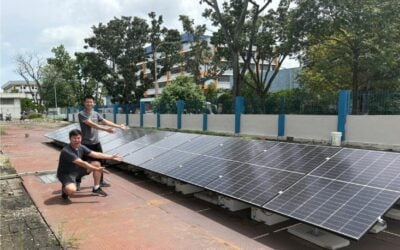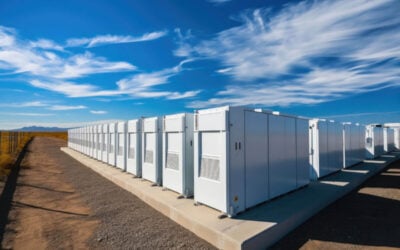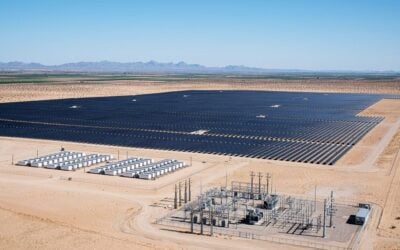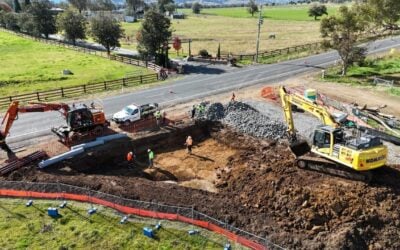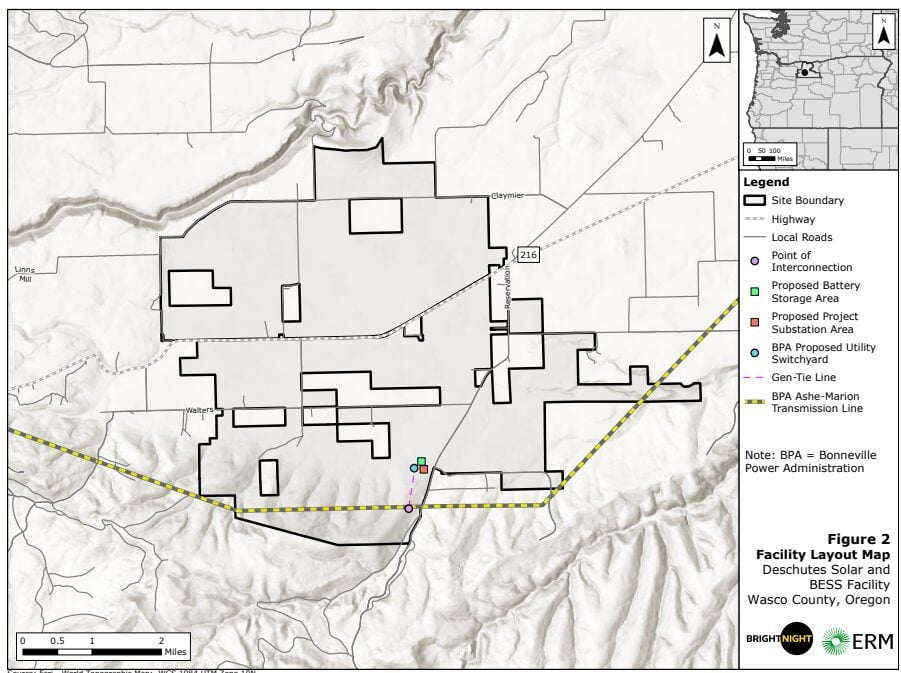
BrightNight has kicked off the permitting process for one of its hybrid solar and BESS projects located in Wasco County, Oregon, known as Deschutes Solar and BESS.
On 17 January 2025, West Palm Beach, Florida-based independent power producer (IPP) BrightNight submitted a Notice of Intent (NOI) to Apply for a Site Certificate with Oregon’s regulatory body responsible for overseeing the siting of utility-scale energy facilities within the state, the Energy Facility Siting Council (EFSC).
Enjoy 12 months of exclusive analysis
- Regular insight and analysis of the industry’s biggest developments
- In-depth interviews with the industry’s leading figures
- Annual digital subscription to the PV Tech Power journal
- Discounts on Solar Media’s portfolio of events, in-person and virtual
‘Complex and sometimes lengthy’ approvals process
In order for a developer to commence construction and operate a large-scale energy facility in the State of Oregon, it needs to obtain a Site Certificate from the EFSC, a group of seven volunteers overseen by the Oregon Department of Energy and appointed by the State Governor to administer a single review process consolidating all state agency and local government regulations.
The filing of an NOI, essentially a document comprising a conceptual project plan, is the first official step in the EFSC’s approval process. The process is described within the Council’s own public guide on project siting as “complex and sometimes lengthy.”
Before the passing of House Bill 4015 in April last year, even the council’s jurisdiction over BESS projects was unclear.
The bill, effective from June 2024, clarified the EFSC’s jurisdiction over standalone BESS projects, allowing local administrations to pass permitting authority of such developments over to the council if desired.
The EFSC has overseen the siting process for BESS projects co-located with an additional resource for some time now due to the council’s authority over other generation projects like standalone solar and wind developments.
A NOI for another large hybrid solar and BESS project, known as the Raceway Solar project, was filed with the EFSC by the US development arm of Brookfield Renewable during the third quarter of last year, as reported by Energy-Storage.news. However, the company withdrew its application for the project on August 27 2024, after only submitting a NOI during the month prior.
4GWh BESS with 1GW solar farm
According to the NOI, BrightNight’s Deschutes will comprise up to 1,000MW of solar generation co-located with an up to 1,000MWh/4,000MWh BESS, encompassing approximately 13,626 acres of privately owned land located 10 miles southwest of Maupin in Wasco County.
Interconnection to the grid is expected via Bonneville Power Administration’s (BPA’s) Ashe-Marion 500kV transmission line located within the southwestern portion of the project site. As stressed within the NOI, final layout design and technology selection are yet to be decided.
BrightNight engages with local community on Oregon project plans
In a 9 January 2025 letter addressed to residents in close proximity to the project proposal, Senior Project Developer at BrightNight, Jaron Wright, stated that the company had “worked closely” with the local community over the past couple of years to locate the project in a way that “minimises impacts to local properties”.
Although not part of the formal process, developers are invited, at their own discretion, to engage with local governments and residents to obtain feedback on initial plans before submitting a NOI. This filing is valid for two years and represents the first point at which the public can submit formal comments on the plans.
This is then followed by a series of public hearings and environmental studies completed by the developer, as mandated by the EFSC. According to documents provided by the EFSC, the process of obtaining a site certificate takes between one and two years.
BrightNight held one of presumably several public information meetings in the unincorporated community of Tygh Valley on 29 January 2025 to discuss its plans with local residents. However, as with what feels like the majority of utility-scale energy projects proposed in recent months, a Facebook page titled “Stop the BrightNight Deschutes Solar and Storage Project” has already been created and is already filled with a whole host of “anti-renewables” sentiment.
The developer expects to submit the next formal document with the Oregon EFSC, the preliminary Application for Site Certificate (ASC), during July 2025.
In related news about BrightNight, the company and fellow IPP Cordelio Power recently signed a power purchase agreement (PPA) with utility Arizona Public Service (APS) for a project in Arizona’s Yuma County featuring a 300MW solar PV array and 1,200MWh BESS. As reported by Energy-Storage.news yesterday, construction on that project is expected to begin in September 2025, for commercial operation to start in April 2027.
EFSC certifies 7.2GWh hybrid BESS project
Heralded by Pine Gate Renewables as the US’ largest upon completion, EFSC granted a Site Certificate to one of the developer’s solar and BESS projects in November of last year, as reported by Energy-Strorage.news.
The Sunstone Solar project will comprise up to 1,200MW of solar generation alongside a 1,200MW/7,200MWh BESS across 9,442 acres of land in Morrow County, Oregon. According to the developer’s preliminary ASC filing, the BESS will utilise either lithium-ion or zinc-based technology.
Construction is expected to be completed in six 200MW phases commencing in April next year with each phase of construction lasting up to 21 months.

